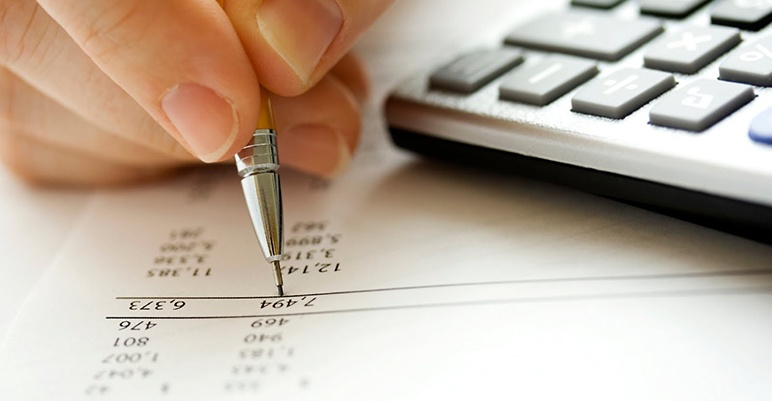How Energy Conservation For Commercial Buildings Makes Good Business Sense
Energy conservation is a hot topic for discussion for several reasons:
- Politically - regulations surrounding sustainability are headlining campaigns and debates across the country.
- Emotionally - fracking, among other practices, has instigated plenty of controversy and argument over the years.
- Scientifically - experts continue to debate the specifics, but nearly all agree that energy efficiency is vital.
- Commercially - regulations are often focused on commercial applications even more heavily than on residential or individual consumers, and businesses are expected to lead the way.
While there are numerous factors swirling around the energy debate, business leaders need to be concerned first and foremost with the financial impact of these measures. While environmental sustainability is important, there is also an obligation to their employees and customers to consider economic sustainability.

These priorities are not mutually exclusive, however. There’s actually a strong business case for investing in energy conservation, making it a smart choice for companies with a long-term outlook.
Building energy efficiency by the numbers
Before arriving at any definite conclusions, let’s review some statistics regarding energy conservation by commercial entities. We’ll be focusing primarily on the energy used by commercial HVAC systems as a prime example of general trends.
- Up to 51% of a commercial building’s overall utility usage can be traced to heating, cooling, and ventilation.
- A difference of one degree up in the summer and down in the winter can save up to 10% annually on heating and cooling costs.
According to statistics published by Pacific Gas and Electric, a California utility company:
- Space cooling accounts for 15% of electricity costs in the average commercial building.
- Upwards of 30% of the energy that goes into commercial HVAC systems is lost to waste.
- Arranging for routine maintenance on a commercial HVAC system can reduce repair costs by up 40% while improving overall energy efficiency.
- Programmable thermostats can produce savings of hundreds of dollars a year in a large facility.
- Simply changing filters in the HVAC system can reduce energy waste by 5-10%.
- Properly sealing heating and cooling ducts can improve energy efficiency up to 20%.
- Upgrading or replacing aging HVAC equipment can yield 5-20% gains in energy efficiency, especially if the equipment is more than 10 years old.
These statistics can help any building owner or facility manager put a fair market price on their building’s HVAC system and see how energy efficiency affects annual operating costs. If you’ve never considered it before, the figures are eye-opening to say the least. Learn more in our Facility Manager’s Guide To Energy Efficiency For Your Commercial Building.
The potential gains from investing in energy conservation are especially high if your equipment is inefficient and you aren’t regularly maintaining upgrades, retrofitting controls, or rolling out energy efficient equipment on a strategic timetable.
Energy conservation and your bottom line
Every facility includes its own unique set of circumstances and challenges. However, in nearly 60 years of serving commercial building owners and facility managers across the southwest and elsewhere, we have yet to come across a facility that couldn’t improve by investing in energy efficiency.
When planned strategically and with a keen eye on ROI, most recommended upgrades or replacements the average building needs to improve energy efficiency will pay for themselves in just a few years, at the most. Even small, low-cost improvements often result in huge cost savings in buildings that are currently inefficient.
Keeping commercial HVAC equipment in shape through routine and planned maintenance extends the equipment’s life and keeps it as energy efficient as possible, further increasing the value of the investment.
Finally, an investment in energy-efficient HVAC systems can impact a company’s bottom line in less tangible ways too, such as public perception, customer loyalty, recruiting, and employee productivity:
- Comfortable employees working in a facility with smooth-running, energy efficient heating and cooling are more productive and happier.
- Customers, business partners, vendors, and other commercial entities with an impact on your bottom line are concerned about the larger issue of environmental impact and sustainability.
So, you can easily build a strong business case for investing in energy efficiency in Colorado, Arizona, and Virginia both in direct financial savings and indirect sentimental value.
Contact our commercial HVAC company today to arrange an assessment of your facility’s current energy efficiency and discuss options for improving your commercial HVAC systems.

